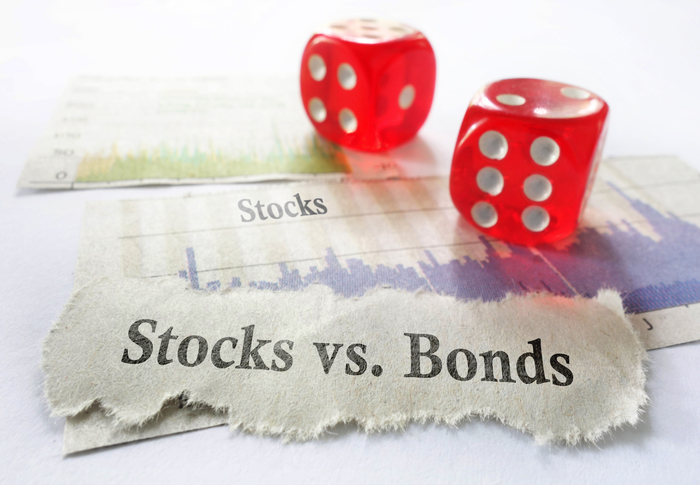Bond market dancing to a different tune than equities
Whenever we see trends in the market we immediately look for confirming data points. With the impressive rise in equity markets since the election, we look at the bond market to see if there is agreement on all this bullishness. There isn’t.
“The bond market is taking a totally different view from the equity market. Blowing raspberries is a good way to put it,” says Jim McCaughan, chief executive of Principal Global Investors. “There’s no belief that the growth agenda will be dramatic.”
After having thrown everything possible at the bond market, from a hawkish Fed to pro-growth promises from President Trump to ebullient sentiment surveys and a record-smashing equity rally, the best the 10-year Treasury can muster is to butt its head against 2.5 percent?
10 Year Treasury Rate data by YCharts
The 10-year, 10-year forward rate is 3.6 percent, which is well below the long-run norm of 5.5 percent and implies a real neutral interest rate of around 1.6 percent. This at a time when the Federal Reserve is claiming that we are near full employment?
The yield curve — the relationship derived from the various maturities of Treasury bonds — also signals a subdued outlook. The difference between two- and 30-year Treasury yields stands at just 176 basis points, not far from the nine-year low of 140bp touched last August.
Yes, but what about all that glorious survey data?
According to David Rosenberg of Gluskin Sheff, going back to 2000 there was one other period in which Bloomberg’s economic surprise index for surveys and business cycle indicators was as unambiguously euphoric relative to market expectations. That was back at the beginning of 2011, which ultimately saw GDP for the year at a painful 1.6 percent with a macro backdrop so painful that the headlines were full of prognostications for a double-dip recession. Recall that at the start of 2011 the ISM manufacturing index started out at 59.6 but ended the year at 52.9.
Back to today and we see that the NAHB housing index looks to have peaked in December at 69, having fallen to 67 in January and then again down to 65 in February. AIA Architectural Billings confirmed this move, dropping to a four-month low of 49.5 in January after sitting at 55.6 in December.
We’d also like to point out that the recent NFIB index, while having made a new cycle high, also saw plans for capital investments drop to 27 from 29 while hiring plans fell to a 3-month low in February at 15 from 19 in January. Hot labor market? Atlanta Fed’s wage tracker hit a cycle high of 3.9 percent (yoy) in October and November, but dropped to 3.5 percent in December and then again to 3.2 percent in January, the weakest since January 2016 – not so hot!
An economy in need of cooling? Loans and leases tell a different story.
Headlines rarely give the whole story and the vast majority of investors buy at the top and sell at the bottom. That being said, we still do not believe this is a market that is safe to short, but valuations in light of the fundamentals have us wary of those lofty prices to say the least.
Source: Bond investors send warning for record high equity market



